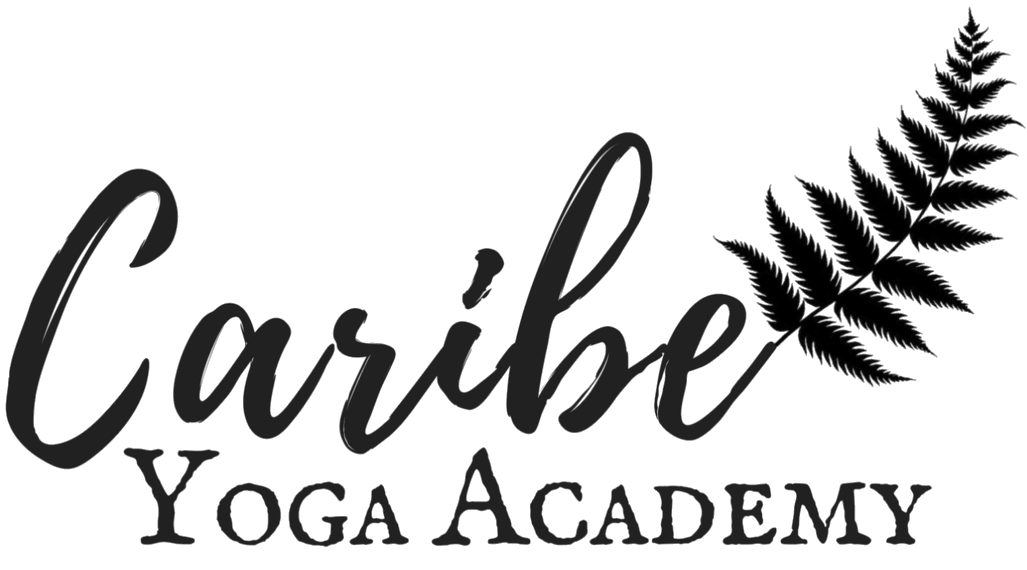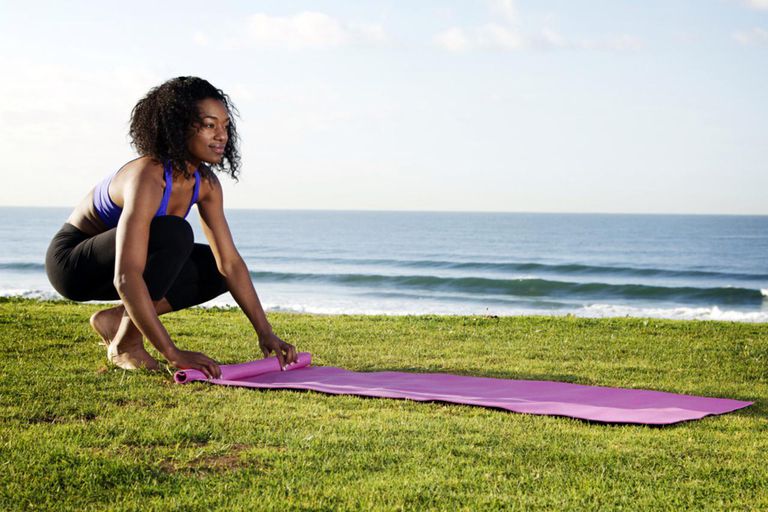Etiquette Schmetiquette: Teacher Edition
Yoga teachers: you might think you’re off the hook when it comes to in-studio etiquette, but when it comes to the leaders of the pack, we can often be the WORST! Yes, we do boo boos and blunders, too. It’s well time for us to take responsibility in order to create safe and sacred spaces.
Instructors can be culprits of the strange and inappropriate; float around in the ethers living off of sunshine and rainbows, a bundle of macramé so thick you can’t find their wrist.
Or teachers can come across as militant dictators, sporting black spandex from head-to-toe, catwoman-like, not one strand of hair out of place…probably because they’re as rigid with their beauty regimen as they are in their practice.
Hey, there’s a flavor for every type of student and it’s important to stay true to your own voice both as you teach and as you choose a teacher.
With that said, yoga teacher guidelines do exist in helping us steer clear of offensive, bothersome and just plain annoying behaviors.
As teachers we can also step into ritual, a sacred cycle, one that sets us up to remain accessible while, of course, leaving room for our own personal flair.


8 Yoga Teacher Guidelines And Tips:
Show up and start on time.
As a yoga instructor “on time” means 15 to 30 minutes EARLY. Set the stage! You are about to share what you love with the world so act like you mean it. Now not all of us are fans of candles and incense, soft music and smudging, but at least leave yourself time to get centered, go over your plan (if you have one) and be ready to greet the students as they come in.
Nothing like kicking off a yoga class with students waiting at a locked door, or seated in an empty studio –looks of confusion written on their faces.
If you run in last minute stressed to the max, like a bat out of hell…well, don’t act surprised when it rubs your waiting students the wrong way. And apologize to them without interjecting your excuses for tardiness.
End your class on time.
It’s not that an extra 8 minutes in savasana doesn’t feel good, it’s just that your student’s also have a life outside of yoga (the ODACITY!). Especially if running over the scheduled time slot is due to your own late arrival…beware!
With children to pick up, a doctor’s appointment to make, a job, a home, a commitment, a LIFE, it’s not every student that will be ecstatic about your extended mantra chanting. In addition, many studios are running a tight schedule.
If the following class begins 15 minutes after your own high tail it out of there to be considerate and respectful of your co-workers. Leave the next people ample time to transition into their yoga yumminess by wrapping up your own class punctually.
General time awareness.
Are we noting the trend here yet? What is it with teachers and our loose relationships to linear time? If you’re thinking about taking a 10 minute ramble while shifting your students into a balance pose well…don’t.
Monitor your holds. And then try to make them consistent. If you hold for 10 breaths on one side, don’t hold for 1 on the opposing side. Trust me, they notice! And they’re all watching. And judging. And sweating. And scowling.
Don’t over share.
And on the note of general time awareness…teachers: how much time do you spend talking about yourself during a typical yoga class? Yes, there are supportive comments which we can use to humanize ourselves and avoid falling into the false role of the “guru”.
I like to share things like “when I started working on this pose…” or “one of my teachers once told me…” But please teachers, please, remember that no one dropped in on your class to hear about your ex-boy/girlfriend, about your sick cat or your financial woes.
This might come as a shock, but as far as your students are concerned, this class is NOT ABOUT YOU. So zip it, alright? If it doesn’t directly relate to what you’re demonstrating, teaching or the intention of the class think twice before letting it slip out of your lips.
Don’t be a doormat…or a dictator.
One of my personal pet peeves as a student is when I have to strain in order to hear what the instructor is saying. If you don’t have a microphone and speaker system, be prepared to project; not only project the volume of your voice, but in turn projecting your confidence as a leader.
If students are craning to see what you’re doing and hear what you’re saying they cannot fully focus on their practice and they just might feel a lack of confidence resonating from beyond your meekness. Aaaand on the other side of the coin we have the screaming, yelling, military style instructor who thrives on intimidation and submission. Yuck.
I personally don’t go to yoga to get yelled at like a child. It’s tough, I know, but try to find balance. Aim for supportive leadership by guiding AND witnessing, speaking AND listening.
This is our task and our challenge as the teacher. If your students are scared of you, soften up. If they take advantage of you, toughen up. And have the with-it-ness to notice when either situation is upon you.
Practice mindful adjustments.
Ever had an instructor put their hands on you and it just felt….icky? Or weak, or timid or weird, or it hurt you? A note to all instructors: if you don’t FEEL creepy touching then your touch won’t come across as creepy to the receiver.
And if you can’t get over being weirded out then maybe you should hold off on jumping into the world of physical adjustments for a bit. When you do begin touching bodies watch for a physical response: if they twitch or jump it’s probably safe to say you’re touching too firmly or are on an uncomfortable spot; good sign to back off.
If the student sighs or deepens the pose, chances are you’re doing something right. Seems pretty logical right? Oh, and do NOT touch students without their consent. Ever.
Watch your words or your lack thereof.
Again, focus on the type of guide you wish to be. I’ve been a student in both extremes. You have –
a.) the teacher that lists off the names of the poses and not much else for the entire duration of the class (not so bad for the seasoned yogis but a total nightmare for the newbies unfamiliar with the pose names) and you have
b.) the teacher who makes you work the entire class at drowning out their pointless ramblings.
“Why am I in Warrior II and this guy is talking about his grandmother’s new iguana? How is this related to the pose?” If a helpful anecdote, commentary or joke seeps in then by all means share it…but get back on track efficiently, too. Find balance between not enough or too much detail.
Name calling is not nice.
Try not to call students out specifically by name across the entire room. If someone is in need of a specific adjustment try a more personal approach like speaking to them one-on-one (approaching them closely). Students can easily misconstrue and feel hurt by your “targeting” of their pose; especially newer students.
A yoga practice is such a deeply personal experience and nobody wants to feel picked on. On the other hand – don’t hesitate to sling out positive reinforcement by name! That always feels good.
Sum up
Here you have it folks, my admission that as a teacher (and a human being) I’m naturally, beautifully, exactly and precisely imperfect. As we all are.
So students: take it easy on your teachers because it’s hard to be centered, peaceful and balanced as we come face-to-face with you each class. We also get hit with life’s curveballs.
We battle the same challenges off of the mat as you; we are ecstatically celebrating the same triumphs. We are not emotionless, enlightened and perfect but merely fellow yogis on this greater path of learning and life. We commit to trying our hardest in leading you on a worthy yogic journey.
If you accept us for who we are and where we are within our own practice (even with all of our quirks and through all of our human-ness), I promise it’ll be one hell of a trip!


Recent Comments